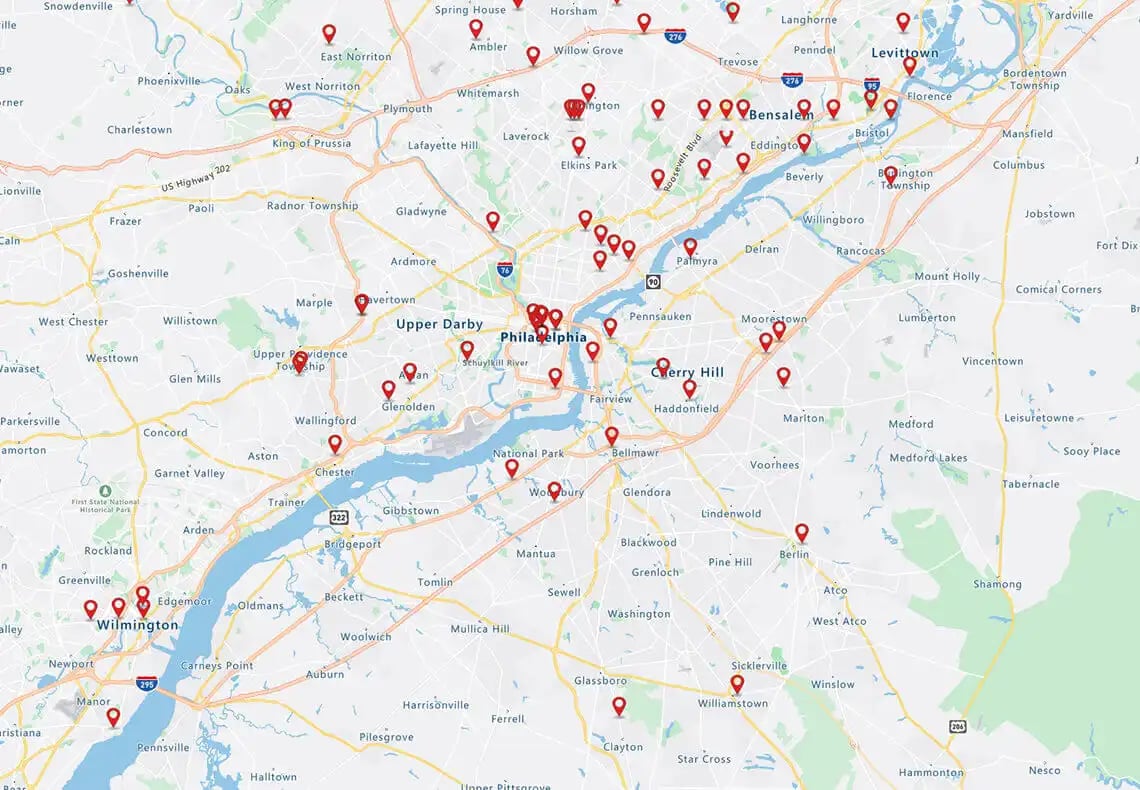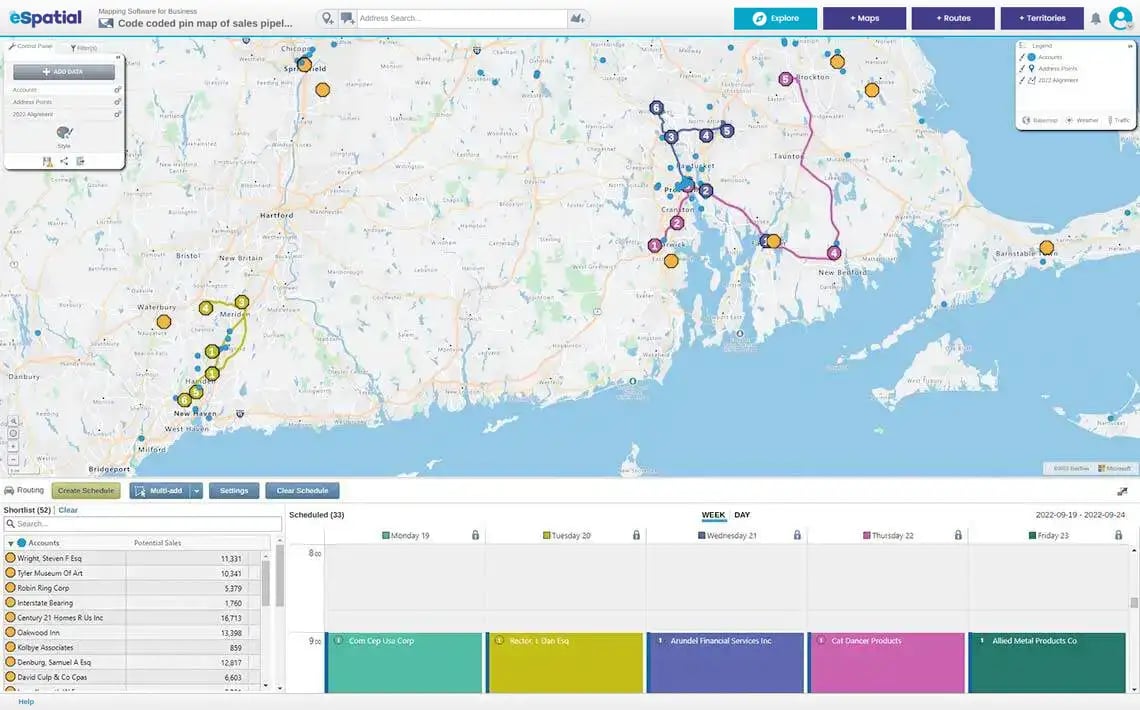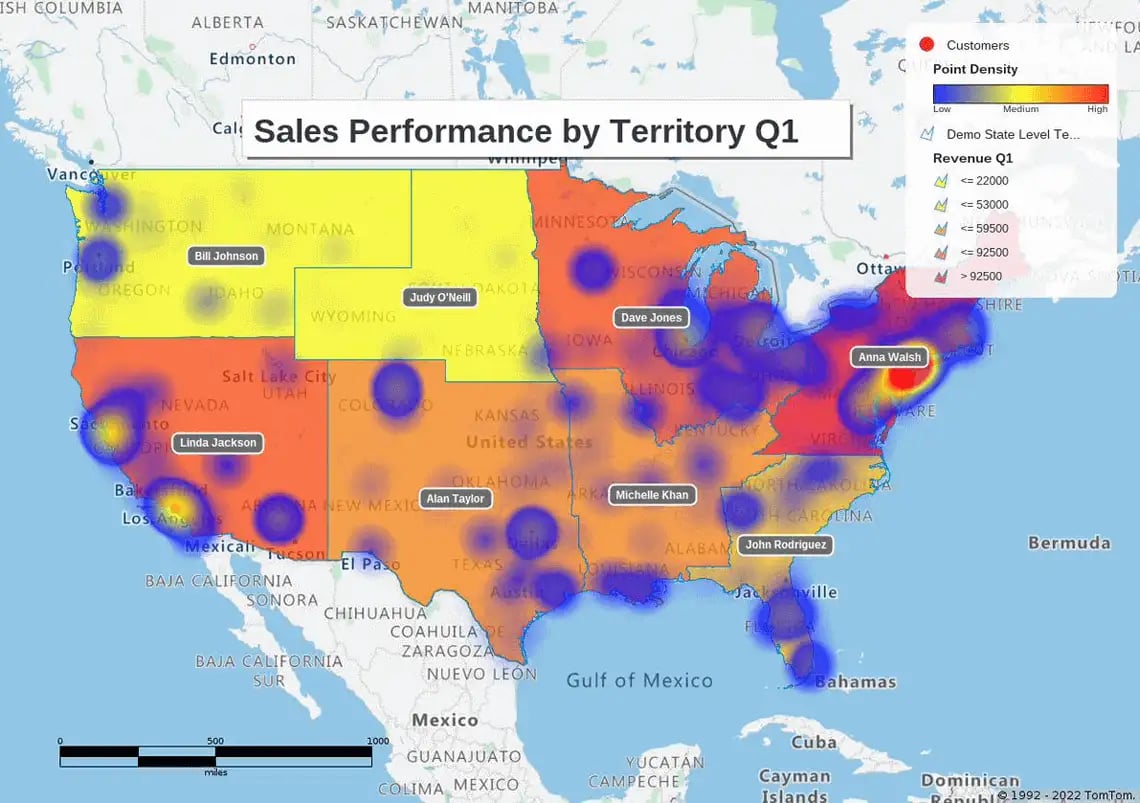Growing a sales territory is challenging but a requirement for all sales reps, managers and marketing leaders. It is a data-backed strategic process rewarded with higher sales potential and revenues.
Below are ideas and proven steps for sales managers and reps who plan to grow their sales territory footprint consistently.
1. Research Your Market
Your data is your friend, and with some data crunching, you can see your sales territory in a different light. First, understand your ideal customer profile. To help you get started (if you still need a clear customer profile), answer these questions:
- Which industry and or verticals should you prioritize?
- What size are organizations fit best?
- What personas will you target?
- What will be their key drivers to enable them to say yes? (Key Business Drivers such as sales growth, profitability, capital productivity, cost efficiency, operational effectiveness, competitiveness, and customer satisfaction/experience)
- Do they know they have a problem you can solve?
- Are there enough of them in your region to justify your focus?
- When will they look for you?
- When do they buy it?
- What is the lead time involved?
- Are they willing to pay for your product or service?
- What level of competition will you face?

Above is a color-coded map showing customer locations by industry vertical. Using zipcode, heatmaps, and color-coded maps is the perfect way to analyze your data.
2. Set Your Goals
Next, define your goals. Many goal-setting frameworks can help you; the most popular is SMART. As you frame your goals:
- Specific: Be as detailed as possible. For example, my territory will generate $5,000,0000 in revenue by 31st December 20XX. $1,000,000 will be new revenue from five new customers. $500,000 will be incremental sales of product X.
- Measurable: Be specific on the measures (like above)
- Attainable: As the saying goes, "paper doesn't refuse ink". Our goal is for 5 new customers in the year, but did your market research uncover that level of sales potential, or is it a pipedream? Ensure it is believable and achievable. It will motivate you.
- Relevant: Is the goal in line with your business goals and strategy?
- Timebound: Our example has a clearly defined end date but set yourself some weekly, monthly and quarterly time commitments.
3. Create Your Sales Plan
Outline your one-page plan summarizing:
- Your goals (from step two)
- Your priorities (ideally by month and quarter)
- Your tactics. The specific sales tactics you will use to generate sales. For example, upselling, cross-selling, prospecting, account management, events, tradeshows, referrals, and LinkedIn.
- A learning mindset is critical to your ongoing development and success. So write down your focus areas to improve your skills.
- Target customers. Do you have specific "logo" accounts you plan to win? Name them.
- Non-negotiables. Record the critical daily, weekly actions you must commit to that will deliver your desired results.
4. Assess Your Sales Potential
Review your customer base and assess their sales potential. For example, two customers deliver $300,000 in revenue each year. But your research reveals that customer B is part of a larger corporation with three other divisions. Your assessment of sales potential is close to $1,000,000. Customer A has little potential to grow, so you re-prioritize your time to exploit the new sales potential by planning more time with customer B.
Assess your sales territory potential using similar logic. You'll quickly unleash new ways to grow a sales territory. Prioritize sales potential over historical sales.

The map above shows sales potential by county, with the red areas showing the highest levels. Heatmaps are perfect when analyzing areas for growth.
5. Manage Customer Relationships
Customers invest in suppliers they trust, so the strength of your customer relationships is critical.
When you assessed your sales potential, you uncovered new opportunities to grow. Leverage the strength of your relationships to generate referrals. Increase your reach by networking, attending industry events and conferences. A key differentiator will be how you manage your relationships and how you sell.
6. Never Stop Prospecting
Your market research uncovered new potential customers. Your customer research revealed new opportunities to upsell and cross-sell. Never stop asking for referrals. They are by far the most effective lead-generation tactic available to you.
- Continue to leverage social media, email, events and conferences. And update your customers regularly.
- Customize your Value proposition.
- Having profiled your ideal clients, you should consider how to tailor your value to their specific needs.
- You know multiple stakeholders are involved in a buying process and decision, but are you clear on the pain points for each role?
The pain points for a marketing manager differ from a sales manager or operations director. So you should work hard to develop a proposition that resonates with each. Avoid a generic "one size fits all" approach, and you engage your audience better.
- Be an SME on your product or service.
- Know your products and services like an SME (Subject matter expert). And know your competitor's offerings inside out.
- Modern selling is consultative. Customers appreciate and value expertise, which can be a significant differentiator, giving you a competitive edge.

Above is a map with prospect account locations.
7. Prioritize Time Management
When planning to grow a sales territory, you must prioritize your time. You have already taken some crucial steps above by clarifying your goals, priorities, assessing your sales potential by customer type and creating a sales plan.
You set yourself some non-negotiables, and the best tactic for your success is to make appointments with yourself by blocking out the time needed in your weekly schedules to complete your priority tasks.
Build your schedule around your priorities, and you'll see the results.

Above is an optimized sales route. Sales route optimization is essential if you want to compress sales planning and drivetime.
8. Implement Lead Nurturing
Only 5% of your target market is ready to buy now. 20% will never buy from you. Up to 75% of your target market will buy some time in the future. So you need a consistent lead nurturing cadence.
Regularly stay in touch with customers and leads using email, phone, social media and face-to-face meetings.
Remember to think strategically about your follow-ups. Ask yourself, "how does this follow-up action help build trust and engagement"?
9. Conduct Your Monthly Review
Track and analyze your results monthly and hold yourself accountable to your goals, priorities and critical measures. High-performers are power users of their CRM tools because they know they enable them to win more sales deals. Track your sales activities and your conversion rates. Analyze your results for trends. Analyze your closed lost deals and identify areas for improvement.

Integrating maps with your regular sales performance reviews is a great way to boost engagement and insights.
10. Consider Mapping Software
There are so many ways sales mapping software helps you grow a sales territory:
- Analyze sales potential with heatmaps
- Identify pockets of new opportunity
- See your competitor locations
- See new verticals
If you value face-to-face time with customers, you need route optimization software. It compresses schedule planning, optimizes your working day and minimizes drive time.
Putting it All Together
Growing sales comes down to these 10 crucial steps:
- Research your market
- Set your goals
- Create your sales plan
- Assess your sales potential
- Manage customer relationships
- Never stop prospecting
- Prioritize time management
- Implement lead nurturing
- Conduct your monthly review
- Consider mapping software
 by
by 